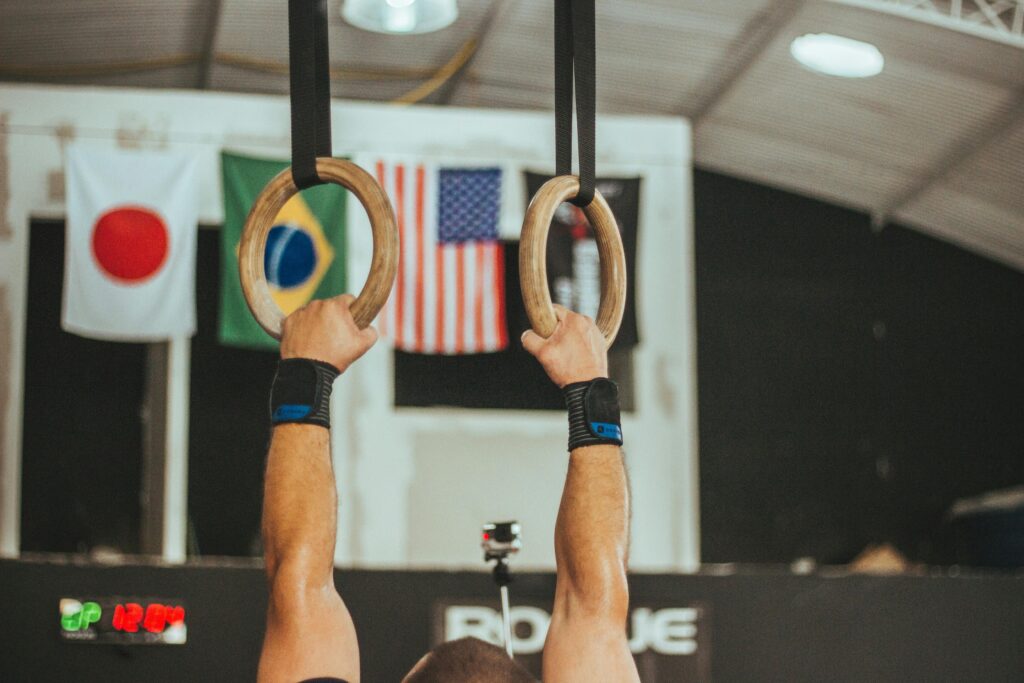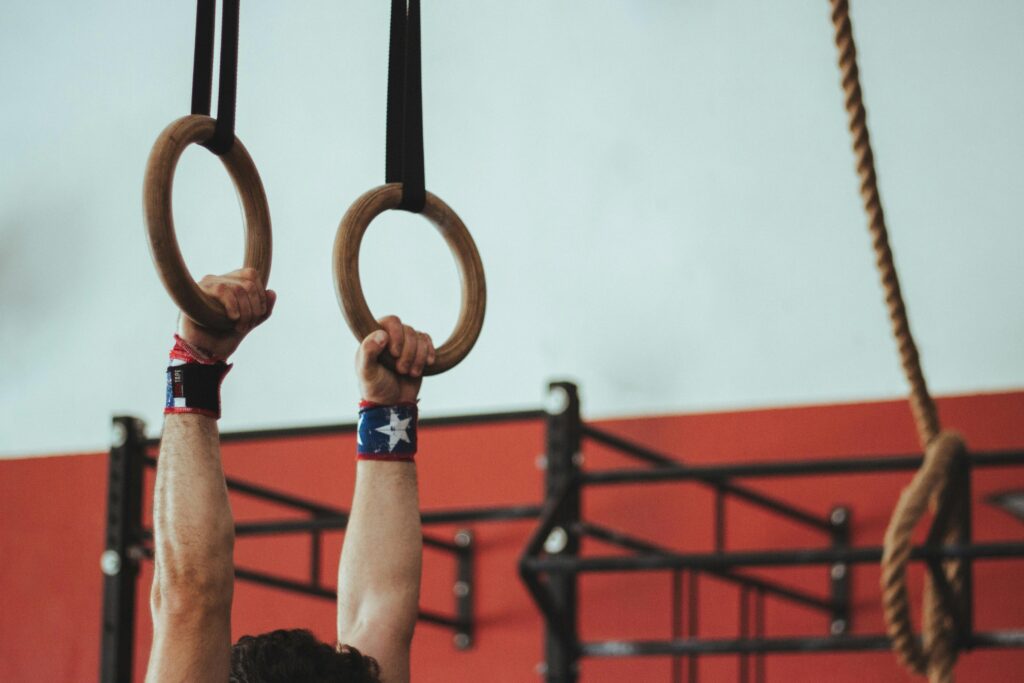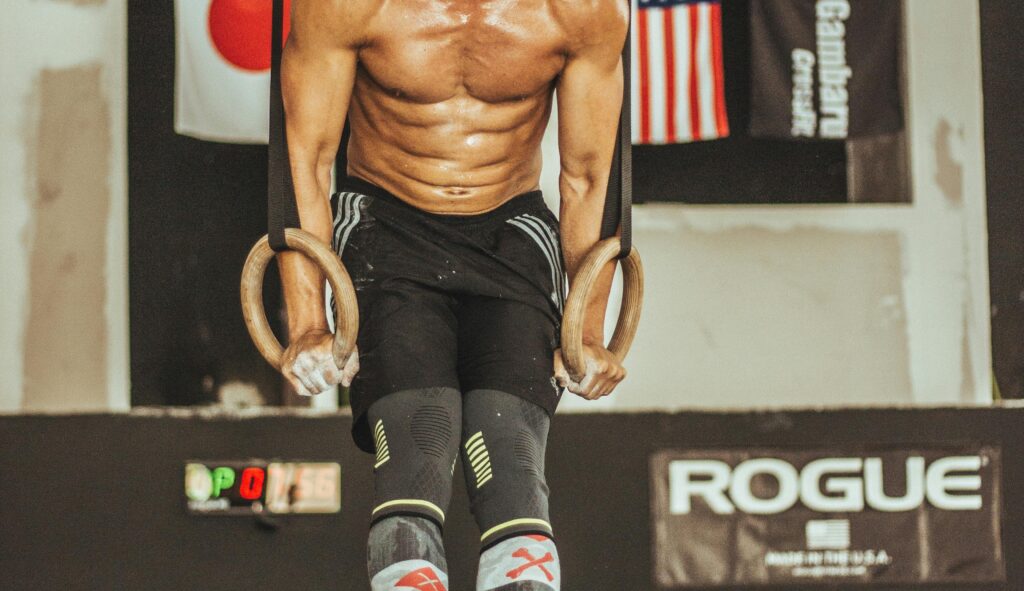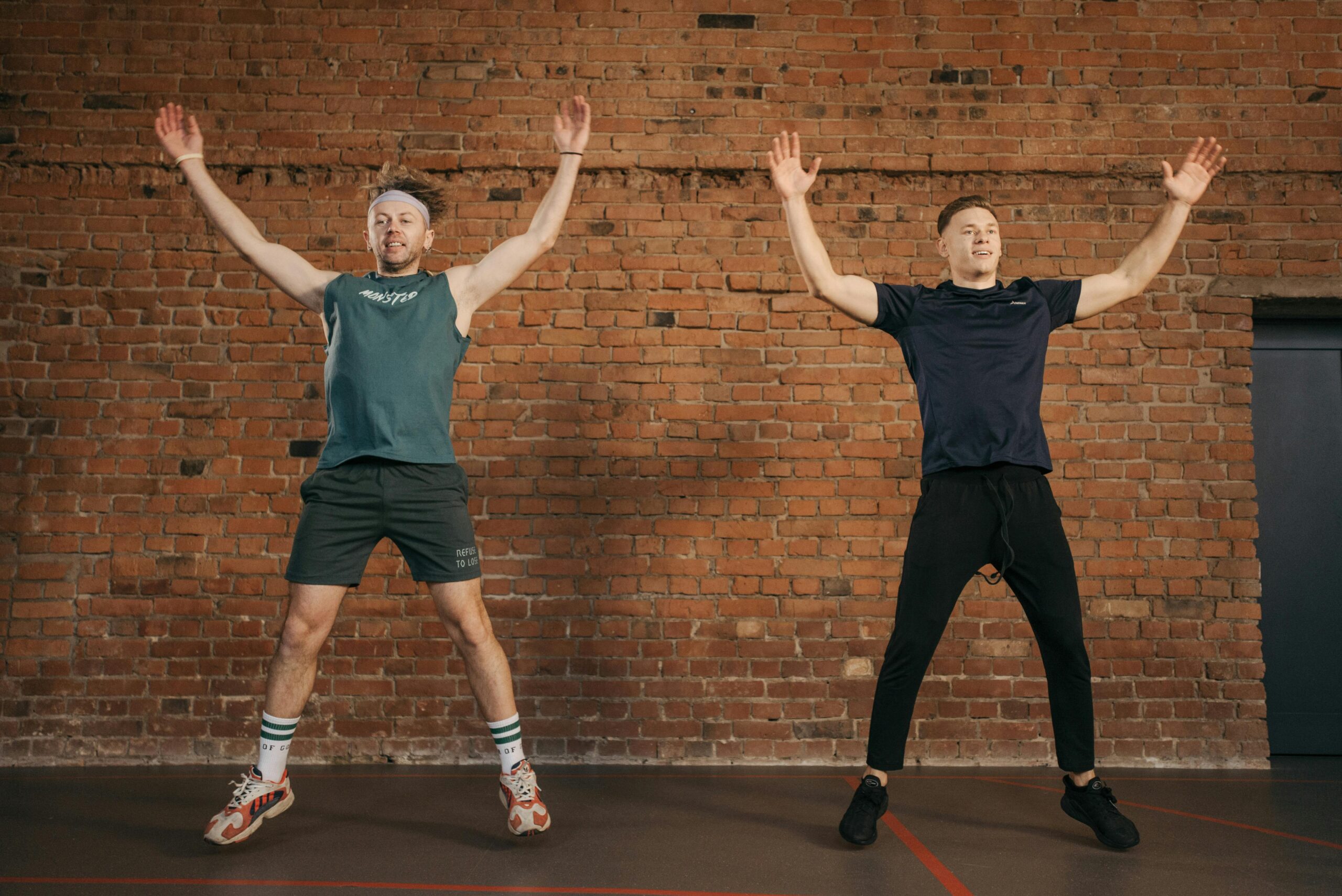Mastering the Calisthenics Ring: Your Ultimate Guide
The calisthenics ring is one of the most versatile and challenging tools in bodyweight training. Rings add a whole new level of instability to exercises, forcing your muscles to work harder to maintain control. From building strength to improving balance, calisthenics rings are a must-have for anyone serious about bodyweight training.
In this article, we’ll explore everything you need to know about calisthenics rings, from their benefits and essential exercises to tips for using them effectively.

Why Use Calisthenics Rings?
Using a calisthenics ring is more than just switching up your workout; it offers a range of unique benefits that you won’t get from traditional bars or machines.
- Increased Muscle Engagement: Rings force your body to stabilize throughout the movement, engaging smaller muscles that are often neglected.
- Joint-Friendly Movements: Exercises on rings allow for more natural movement patterns, reducing joint strain.
- Portable and Lightweight: Whether you’re working out at home, outdoors, or at the gym, rings are easy to transport and set up anywhere.
- Scalable for All Levels: Whether you’re a beginner or advanced, calisthenics rings offer variations that fit your fitness level.
Essential Calisthenics Ring Exercises
Ready to dive into calisthenics ring training? Start with these essential moves, which target the entire body.
1. Ring Push-Ups
Ring push-ups are harder than regular push-ups because of the added instability.
- Adjust the rings to just above the ground.
- Grab the rings and perform a controlled push-up.
- Keep your core tight to maintain stability.
This move engages your chest, shoulders, triceps, and core.
2. Ring Rows
Ring rows are perfect for building upper-back strength.
- Set the rings to waist height.
- Hold the rings with your body angled backward, arms extended.
- Pull yourself toward the rings, squeezing your shoulder blades together.
Ring rows are great for beginners looking to build pulling strength.
3. Ring Dips
Ring dips are an excellent way to target the chest, shoulders, and triceps.
- Adjust the rings to about waist height.
- Hold yourself above the rings with straight arms.
- Lower your body by bending your elbows, then push back up.
This movement is tougher on the rings than on bars, so start slow!
4. L-Sit on Rings
The L-sit is a challenging move that engages the core, shoulders, and arms.
- Hold the rings at hip height.
- Lift your legs in front of you to form an “L” shape.
- Try to hold the position for at least 10 seconds.
Mastering this move builds impressive core strength.
5. Ring Muscle-Up
The muscle-up is a combination of a pull-up and dip, taking your training to the next level.
- Start by pulling yourself up to the rings.
- As your chest reaches the rings, transition into a dip by pressing upward.
It’s an advanced move but a great goal to work toward with your calisthenics ring training.

Choosing the Best Calisthenics Rings
If you’re ready to invest in a pair of rings, here are some things to consider:
- Material: Wooden rings offer better grip, especially when your hands get sweaty. Plastic rings are more durable for outdoor use.
- Strap Length: Look for adjustable straps for different exercises.
- Weight Capacity: Ensure the rings can support your body weight, especially if you plan to add weighted exercises.
Tips for Effective Calisthenics Ring Training
- Start with the Basics: Don’t rush into advanced moves like the muscle-up. Begin with easier exercises to build strength and control.
- Warm-Up Properly: Use mobility drills to prepare your joints, especially your shoulders.
- Focus on Control: Fast reps won’t do much on rings. Aim for slow, controlled movements.
- Use Chalk for Grip: If your hands get sweaty, chalk will help you maintain grip during longer workouts.
- Train Consistently: Consistency is key to mastering the calisthenics ring. Make it a part of your weekly routine.
Are Calisthenics Rings Suitable for Beginners?
Yes! Calisthenics rings can seem intimidating, but they are absolutely beginner-friendly with the right approach. Start with basic exercises like ring push-ups and rows to build strength and confidence. Over time, you’ll be able to progress to more advanced movements.

What Muscles Do Calisthenics Rings Target?
Using calisthenics rings engages multiple muscle groups, including:
- Chest and Shoulders: Through push-ups and dips.
- Back and Biceps: With rows and pull-ups.
- Core: Almost every movement requires core stability.
- Arms and Forearms: The constant grip work strengthens your hands and arms.
This makes the calisthenics ring a fantastic tool for full-body workouts.
How to Incorporate Rings into Your Workout Routine
Whether you’re doing strength training, endurance workouts, or even cardio, calisthenics rings can fit into your routine. Here’s a simple structure to try:
- Warm-Up: Start with shoulder mobility drills and planks.
- Strength Training: Perform 3-4 sets of ring push-ups, rows, and dips.
- Core Work: Add L-sits or ab rollouts for 2-3 sets.
- Skill Work: Practice transitions for muscle-ups or handstands.

Final Thoughts – Calisthenics Rings
Training with a calisthenics ring is a game-changer for building strength, stability, and coordination. From beginner-friendly exercises to advanced skills, rings offer something for everyone. They’re also lightweight, portable, and perfect for home or outdoor workouts.
Invest in a set of high-quality rings, and start your journey today. Stay consistent, focus on technique, and watch your strength and control improve over time. The calisthenics ring will challenge you, but the results will be worth it!




